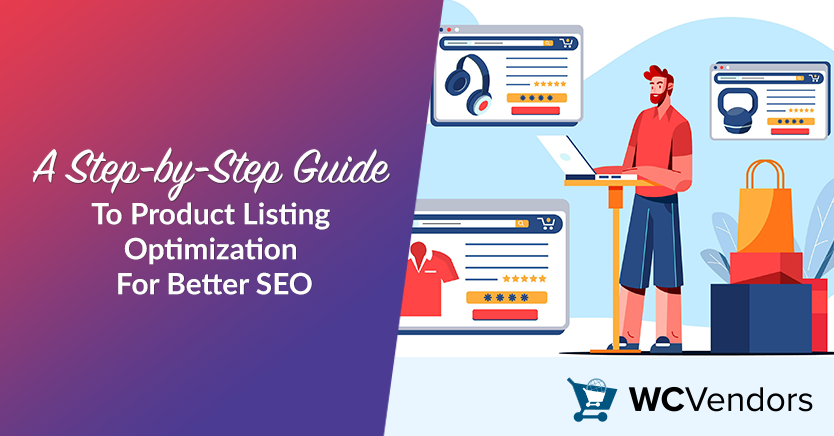
Optimizing your product listings is crucial to succeeding in online marketplaces. Product listing optimization improves your SEO, which leads to better visibility and, ultimately, more sales. But how do you achieve this?
In this guide, we’ll walk you through the steps to effective product listing optimization, ensuring your products appear in front of the right customers at the right time.
Ready to learn how to boost your product visibility? Let’s dive in!
What Is Product Listing Optimization?
Product listing optimization is refining and enhancing the details of your listings so that they perform better in search results, especially on platforms like WooCommerce or multi-vendor marketplaces. When done right, it can drive traffic, improve rankings, and increase sales.
Imagine this: a customer is searching for a product you sell, but your listing doesn’t appear until page three of the search results. You don’t want that, do you? With proper optimization, your products can rank higher and be seen by more people.
Sounds good so far, right?
How Do You Organically Get Your Listing Higher?
To organically rank higher in marketplace searches, you need to focus on several key factors:
1. Keywords – Think about the terms customers would use to find your product. These keywords should be naturally included in your product title, description, and tags. Make sure they fit smoothly into the text—don’t just stuff them in.
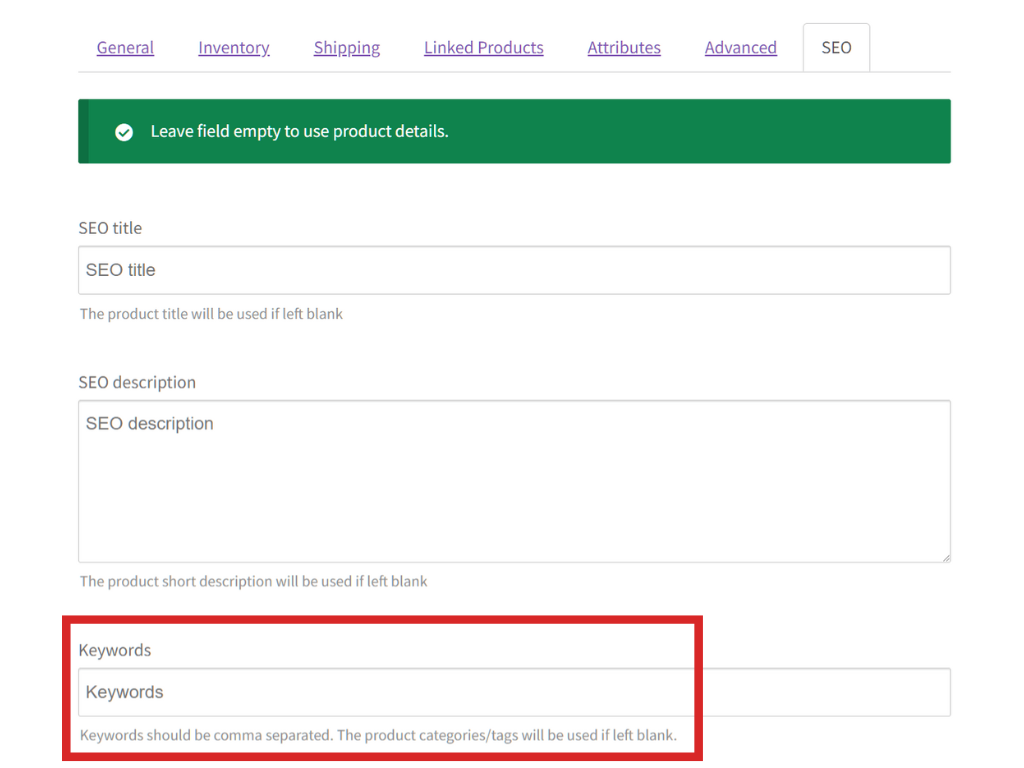
2. High-quality product images – Clear, professional images not only attract customers but also improve your ranking. Online shoppers love visuals, so investing in high-quality photos pays off.
3. Detailed descriptions – Writing unique, descriptive content about your products can help you stand out. Search engines love rich, detailed content that explains exactly what your product offers.
To get your product listings organically ranked higher, it’s all about using the right strategies like keywords, visuals, and descriptions—but that’s just the beginning.
Now, let’s explore how to take it further by applying SEO techniques to your listings for even better results. Read on!
What Are the Best Tools For Listing Optimization?
Now, you might be wondering, what tools can help with product listing optimization? The good news is, there are plenty of options available.
Running a marketplace with WC Vendors
Let’s assume that you’re running a multi-vendor marketplace using the WC Vendors plugin. WC Vendors enables you to easily manage vendors, products, and orders within your WooCommerce store.
It’s specifically designed to help marketplace owners streamline the process of managing multiple sellers while maintaining complete control over the platform.
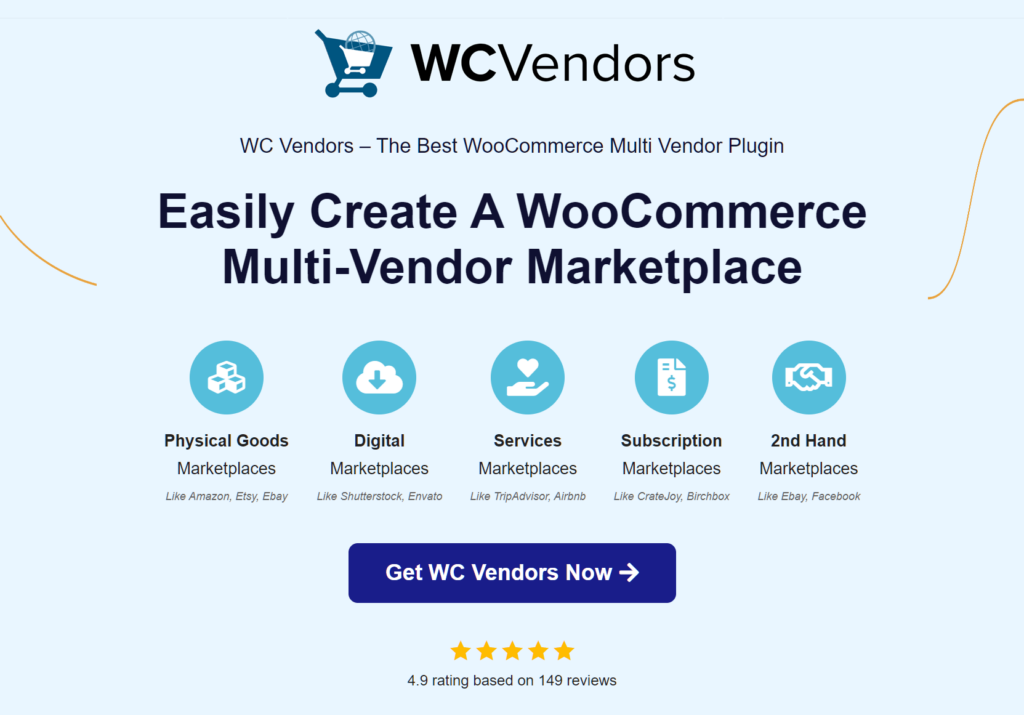
But what makes WC Vendors stand out?
WC Vendors allows vendors to create and manage their product listings with built-in SEO features, helping ensure that products are optimized for better visibility in search results. With this plugin, you can easily manage product categories, attributes, and other key components for successful SEO, all within one platform.
Sounds promising, doesn’t it?
Now, let’s dive into some additional tools that can further enhance your product listing optimization efforts.
- Yoast SEO – This popular plugin helps optimize your WooCommerce products just like it does for blog posts. It provides keyword suggestions, readability scores, and tips to help improve your listings for search engines.
- Google Keyword Planner – This tool helps you identify the right keywords to target in your product listings, ensuring you’re using terms customers are searching for.
- SEMRush – Provides in-depth analysis and detailed reports on how well your product listings perform in search results, offering keyword suggestions, competitive insights, and more.
Now that you have the right tools in hand, it’s time to focus on one of the most critical elements of product listing optimization—your product descriptions. Well-written, optimized descriptions can significantly improve your SEO.
Ready to craft better descriptions? Let’s dive in!
How To Improve Product Listings For Better SEO
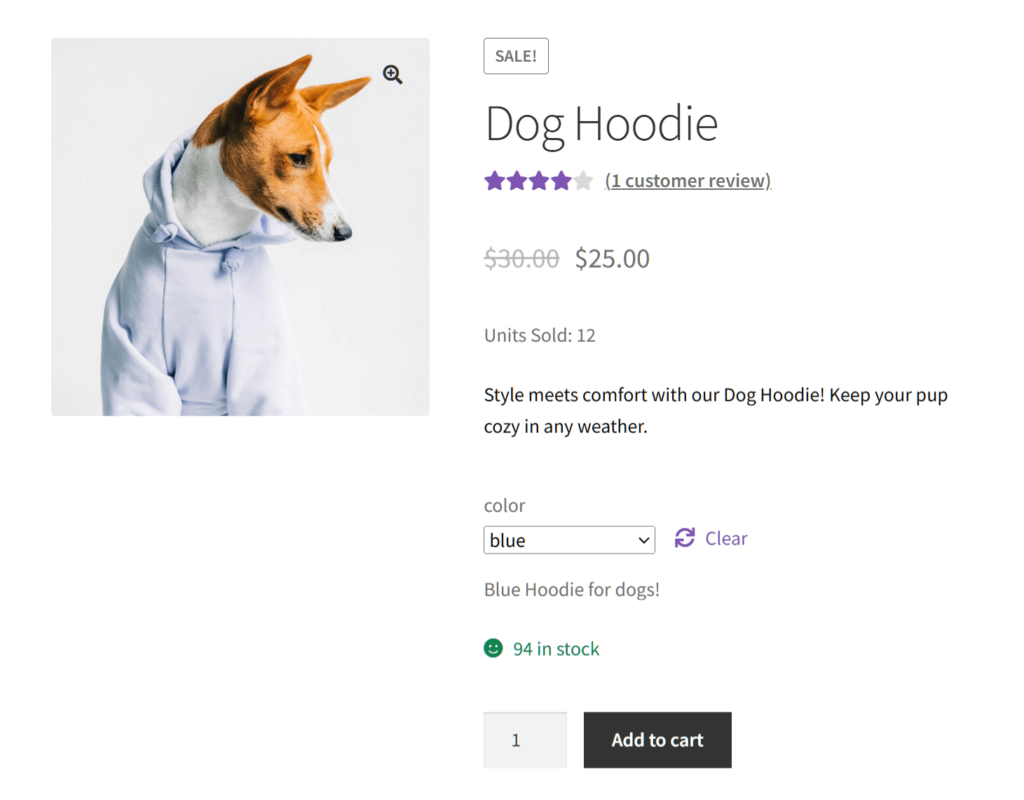
Product description optimization is one of the most effective ways to boost your SEO and help potential customers find your listings. Follow these step-by-step instructions to ensure your descriptions are engaging for users and search engine-friendly. Let’s get started!
Step 1: Research relevant keywords
Before you start writing, it’s essential to conduct keyword research. This process involves identifying the terms and phrases customers might use when searching for your product.
Effective keyword research helps you uncover high-volume, relevant keywords that can boost your product’s visibility in search results. Tools like Google Keyword Planner or SEMRush are excellent for finding the most relevant keywords with high search volumes.
- Pro Tip: Use long-tail keywords (specific phrases) to target niche audiences. For example, instead of just “running shoes,” use “breathable running shoes for women.”
Step 2: Use bullet points
Once you have your keywords, structure your description for easy readability. Bullet points are a great way to list essential product details and features that shoppers and search engines will notice.
- List key benefits of your product.
- Include product specifications such as size, weight, and material.
- Highlight any unique selling points or features that make your product stand out.
The bullet points not only makes it easier for shoppers to scan but also improves how search engines interpret your listing.
Step 3: Write a unique, descriptive overview
Generic descriptions won’t get you far in SEO rankings. Instead, aim to create detailed, original content that thoroughly explains what your product is, its benefits, and how it solves a problem for the customer.
- Use natural language – Don’t overload your descriptions with keywords (known as keyword stuffing). Instead, sprinkle them naturally throughout the text.
- Be descriptive – Paint a picture of the product by emphasizing its uses, features, and value.
For example, instead of writing “high-quality camera,” try something more detailed and specific.
You could say: “Capture stunning high-definition images with this lightweight, 12MP digital camera. It’s perfect for travel and easy to carry wherever you go.”
Step 4: Incorporate high-quality images with alt text
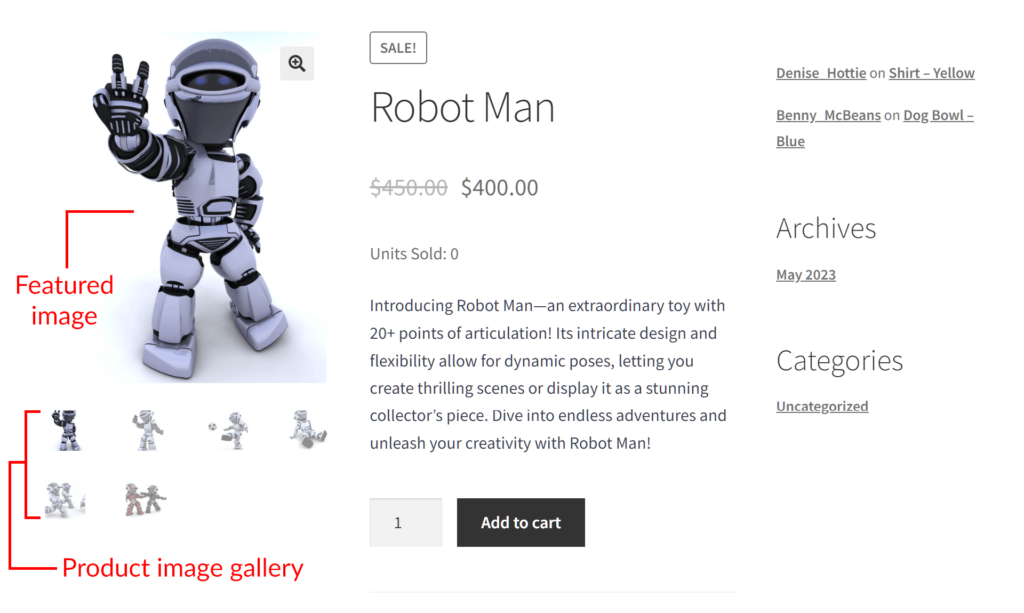
While your focus is on descriptions, don’t forget about your product images. Use clear, high-quality images to showcase your product and make sure to add alt text to describe the image for search engines.
- Pro Tip: Alt text should include keywords and describe what the image portrays, such as “Woman wearing breathable running shoes for women in blue.”
Step 5: Add customer reviews for fresh content
Encourage satisfied customers to leave reviews. Fresh, user-generated content like reviews signals search engines that your product page is active, relevant, and engaging. It also adds credibility and trust for potential buyers.
- Tip: Reply to reviews to keep the page updated, which further benefits SEO and shows customers you value their feedback.
Step 6: Include a call to action (CTA)
End your descriptions with a compelling call to action. Encourage potential buyers to take the next step—whether it’s adding the item to their cart or exploring similar products. CTAs like “Order now for free shipping” or “Get yours today!” can help drive conversions.
Step 7: Regularly update your descriptions
SEO is not a one-time task. Regularly updating your descriptions to keep them fresh and relevant can help you maintain a competitive edge. Add new features, benefits, or promotions to stay on top of your game.
How Do You Apply SEO In Product Listings?
SEO isn’t just for blog posts and websites; it applies directly to product listings too! Here’s how you can optimize your product listings for better SEO:
1. Optimize your product titles
The product title is one of the most important elements of your product listing. It should be clear, concise, and include primary keywords. For example, instead of “Red Dress,” go for something like “Elegant Red Evening Dress for Women.”
2. Use SEO-friendly URLs
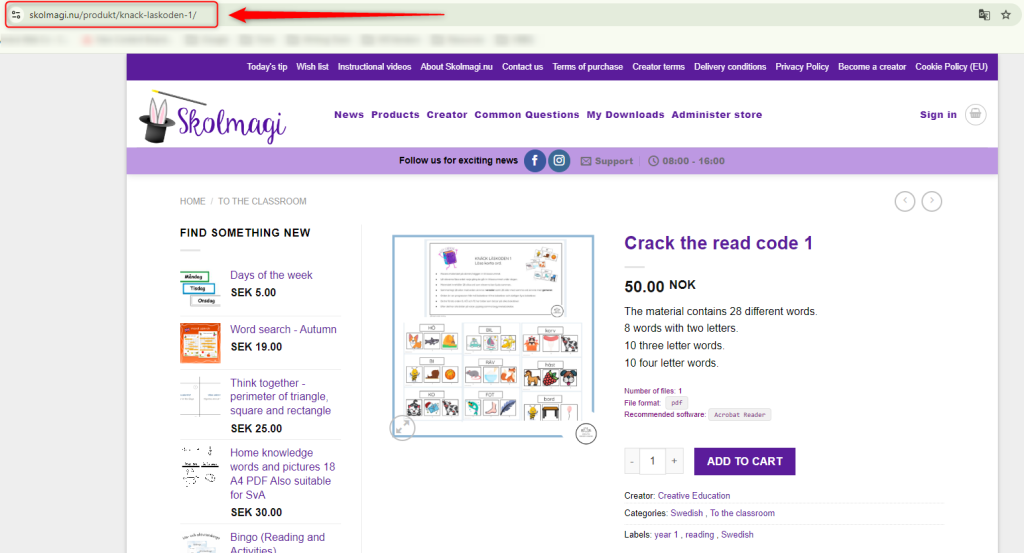
URLs play a role in your product ranking. Make sure your product URL is simple and includes your keyword. For instance, instead of something like /product/1234, a URL like /elegant-red-evening-dress works better for SEO.
3. Include alt text for images
Don’t forget to add alt text to your images. Search engines can’t see images, but they can read alt text. Use it to describe your product and include keywords when appropriate.
4. Write engaging meta descriptions
Meta descriptions are what customers see in search results. While they don’t directly impact SEO, they do affect your click-through rate. Keep them short, persuasive, and keyword-rich.
Conclusion
Product listing optimization is the cornerstone of boosting your marketplace visibility and driving more sales. By applying the strategies we’ve outlined—whether you’re focusing on improving SEO, refining product descriptions, or using tools like WC Vendors—you’ll be on the path to success.
Pretty exciting, right? By optimizing your product listings, you can enhance your business’s online presence and see real growth.
Here’s what we’ve covered:
- What is product listing optimization?
- How do you organically get your listing higher?
- What are the best tools for listing optimization?
- How to improve product listings for better SEO
- How do you apply SEO in product listings?
By focusing on these areas, you’ll strengthen your product listings and position your marketplace for greater success. If you need more help or have any questions, feel free to reach out. We’re here to support you every step of the way!
Got any questions? Let us know in the comments!
